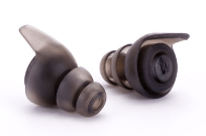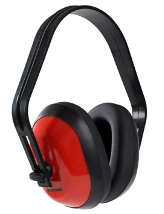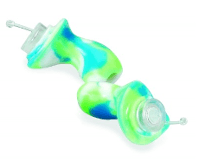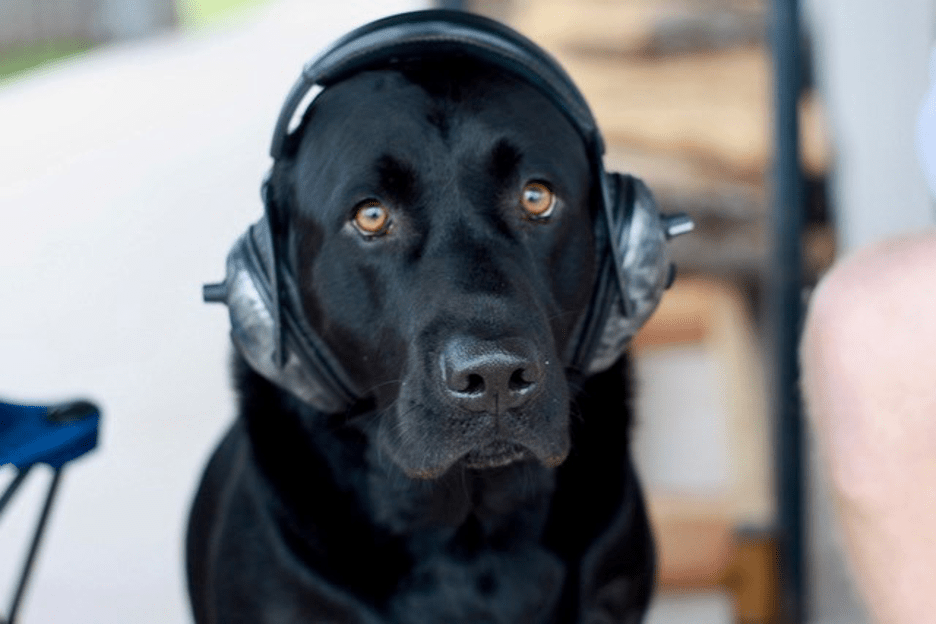How should you best protect your hearing? When you know you are going to be exposed to loud noise you can wear hearing protection, which comes in a variety of styles and types!
Different Types of Hearing Protection

Foam earplugs are the most common type of hearing protection. They are usually given out at sporting events or concerts and are a great way to protect your hearing.

This earplug fits in most ears and can reduce the sounds around you by 25 dB. This is great for someone who is in loud environments for hours at a time. It is also great for musicians who enjoy louder music!

Headphones are another common type of hearing protection. These are also great for workplace hearing protection and at sporting events or concerts. You may see lots of babies wear these since they are so easy to place over the ears!

These custom earplugs are perfect for musicians or anyone who enjoys attending concerts. You can purchase them in one solid color or swirl your favorite colors into them. They come with a choice of a 9, 15, or 25 dB filter so that you can decide how much sound reduction you would like!

Solid custom fit earplugs provide the most noise reduction. They can reduce the sound by approximately 35-40 dB and are optimal for high-noise environments such as shooting firearms, mowing lawns, operating machinery, etc. You have the option to get them in many different colors and designs. You can even add a cord so that you do not lose them!


